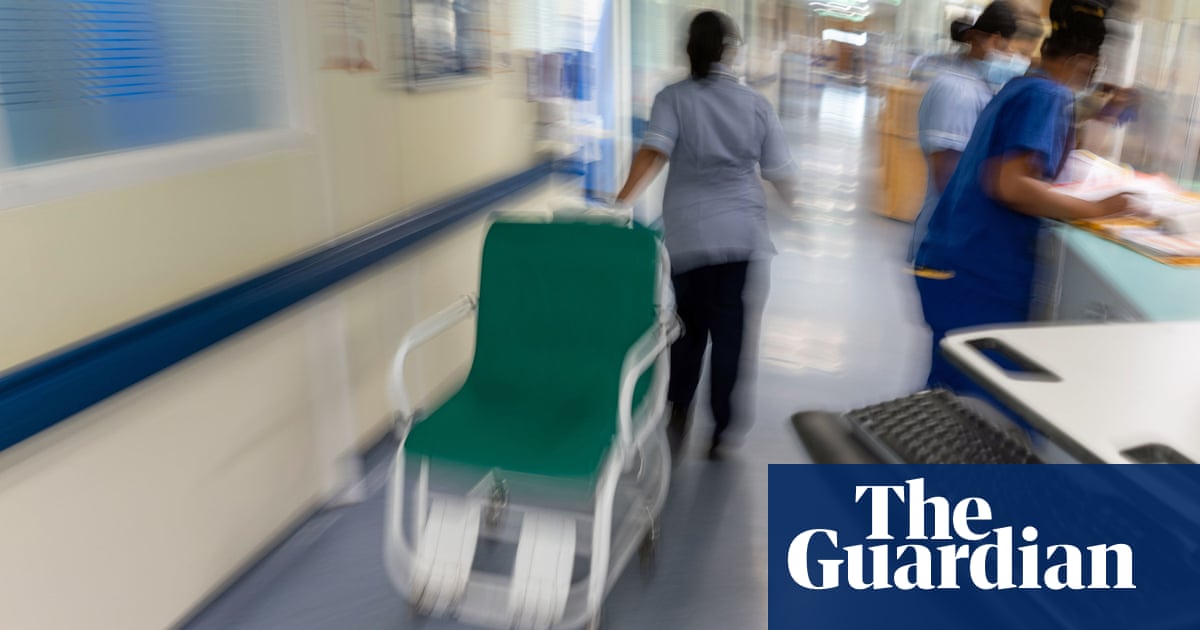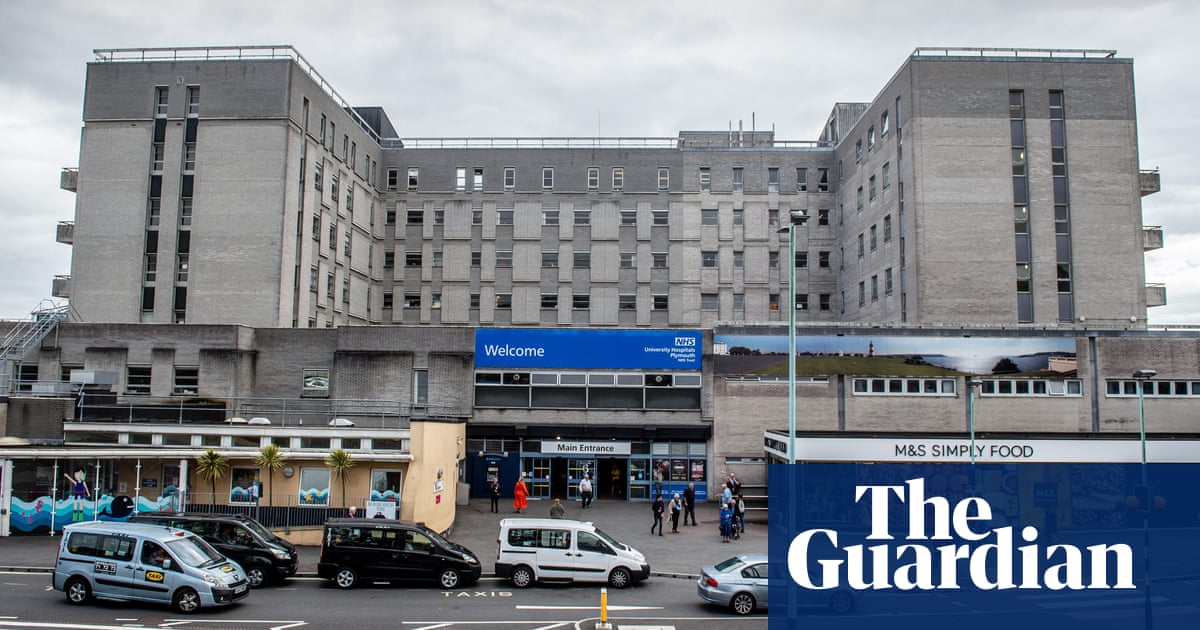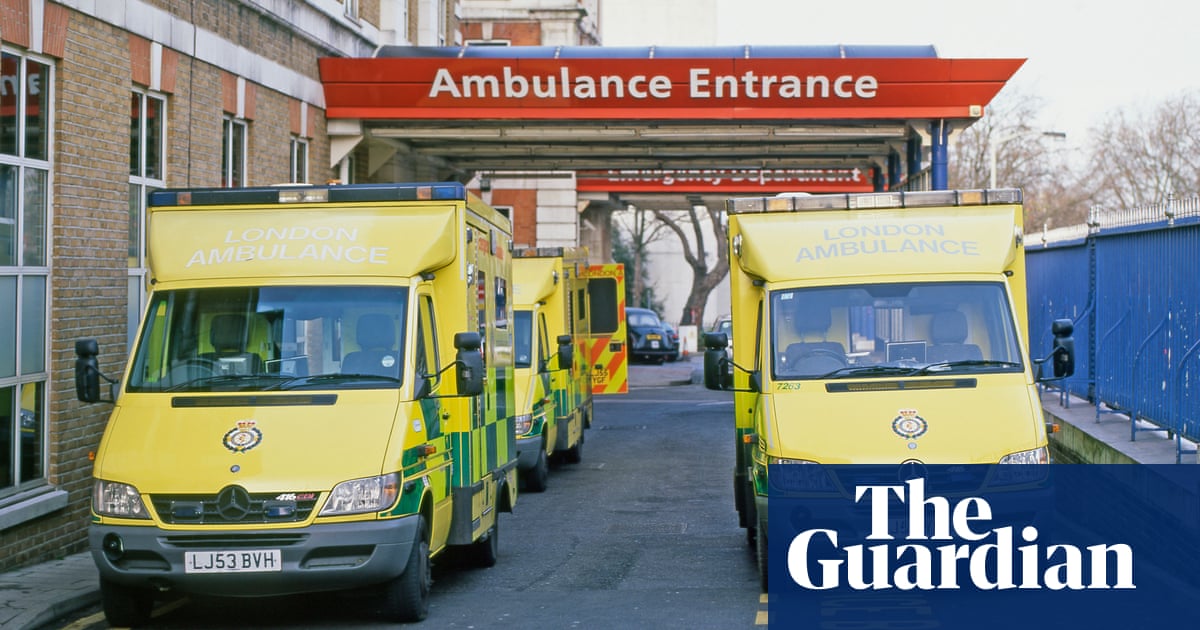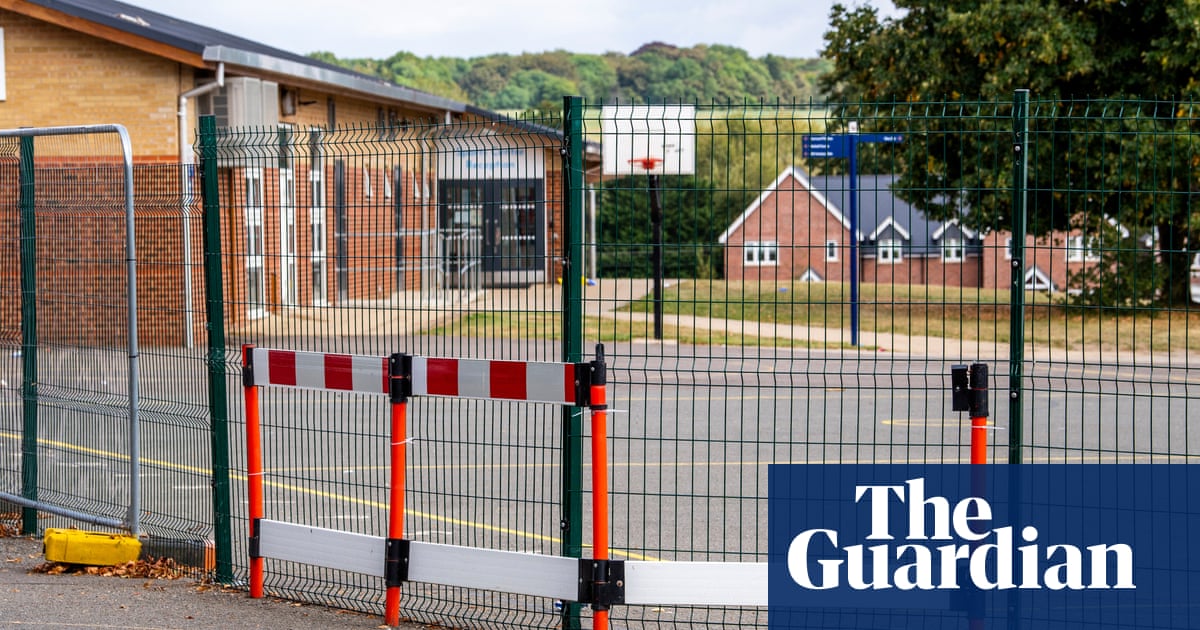
The cost of repairing crumbling NHS buildings in England has soared to almost £14bn, prompting warnings that patients and staff are at risk from falling roofs and faulty equipment.
The repair bill faced by the health service to make its estate fit for purpose has more than trebled from £4.5bn in 2012-13 to £13.8bn last year, according to NHS England data.
The latest bill means that, for the first time since records began, it would cost the NHS more to eradicate its maintenance backlog than the £13.6bn it spends on running its entire estate.
The figures show that the health service’s infrastructure fell into a state of serious disrepair as it was “starved” of capital funding while the Conservatives were in power, NHS officials said.
“Vital bits of the NHS are literally falling apart after years of underinvestment nationally. The safety of patients and staff is at risk,” said Saffron Cordery, the deputy chief executive of NHS Providers.
“The list of essential repairs across the NHS waiting to be done keeps getting longer and the costs are rocketing. Eye-watering sums are needed just to patch up buildings and equipment which are in a very bad way right across hospitals, mental health, community health and ambulance services.”
NHS England has classed £2.7bn of those repairs as “high risk” – up from £2.4bn a year before – because they pose an ongoing danger to people being treated, working in or visiting hospitals and clinics. Those urgent tasks are work that is needed to prevent NHS care providers facing catastrophic failure, major disruption to clinical services or serious injury or prosecution.
Matthew Taylor, the chief executive of NHS Providers, said the £13.8bn bill was “deeply worrying” and the result of the NHS being “starved of capital funding for more than a decade”.
Johnbosco Nwogbo, of the campaign group We Own It, said that incidents such as “sewage leaking into NHS operating theatres, rodent infestations at NHS hospitals, out-of-date computer systems [and] a failed elevator that injured an NHS doctor” illustrated the problems that can result when capital spending is squeezed.
Rachel Reeves, the chancellor, is under pressure to boost NHS capital spending next year in the budget she will present on 30 October. The service needs an extra £6.4bn in each of the next three years in order to keep its buildings working properly, the NHS Confederation has estimated.
Failing buildings and equipment led to clinical services being cancelled or interrupted 3,318 times last year – 63 times a week. The NHS lost almost 14,600 hours of clinical time (worth approximately £7.2m) as a result of maintenance failure – and that figure only includes the three most disruptive incidents in each hospital – according to NHS England data.
Stepping Hill hospital in Stockport lost 2,918 hours of clinical time (worth approximately £581,000) because of recurring structural issues – the most of any hospital site. It was followed by equipment failures at Darent Valley hospital (1,920 hours), and issues with roofs at the Royal Albert Edward infirmary in Wigan and Shepton Mallet Community hospital (1,000 clinical hours each).
Imperial College healthcare NHS trust in London had the largest overall repair bill of £874m, mainly related to its St Mary’s hospital, almost half of which was considered high risk.
Meanwhile, NHS England’s chair, Richard Meddings, has announced that – after holding talks with the health secretary, Wes Streeting – he is standing down next March, a year earlier than planned. The Guardian reported in July that Labour planned to oust Meddings and replace him with a Labour loyalist if they won power.












